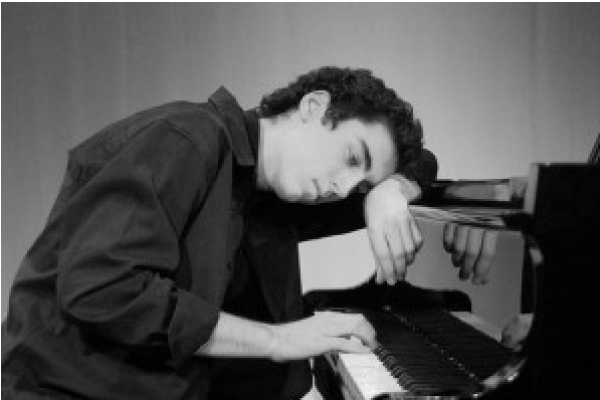2013-04-22

The excitability of our cortex varies between individual and over time. Does this variability affect learning speed and even behavioral variability? Indeed, facilitation of motor cortical excitability has been shown to be positively correlated with improvements in performance in simple motor tasks. Thus cortical excitability may tentatively be considered as a marker of learning and use-dependent plasticity. Previous studies focused on changes in cortical excitability brought about by learning processes, however, the relation between native levels of cortical excitability on the one hand and brain activation and behavioral parameters on the other is as yet unknown. A team of Neurologists and Biopsychologists from Bochum now investigated the role of differential native motor cortical excitability for learning a motor sequencing task. The motor task required the participants to reproduce and improvise over a pre-learned piano sequence. Over both task conditions, participants with low cortical excitability showed significantly higher BOLD activation in task-relevant brain regions than participants with high cortical excitability. In contrast, both groups did not exhibit differences in learned performance and improvisation level. Moreover, cortical excitability did practically not change after learning and training in either group. The present data suggest that the native, unmanipulated level of cortical excitability is related to brain activation intensity, but not to performance quality. Possibly, the subjects with the lower cortical excitability possibly only showed a higher BOLD signal intensity to compensate for their lower level of excitation.

The excitability of our cortex varies between individual and over time. Does this variability affect learning speed and even behavioral variability? Indeed, facilitation of motor cortical excitability has been shown to be positively correlated with improvements in performance in simple motor tasks. Thus cortical excitability may tentatively be considered as a marker of learning and use-dependent plasticity. Previous studies focused on changes in cortical excitability brought about by learning processes, however, the relation between native levels of cortical excitability on the one hand and brain activation and behavioral parameters on the other is as yet unknown. A team of Neurologists and Biopsychologists from Bochum now investigated the role of differential native motor cortical excitability for learning a motor sequencing task. The motor task required the participants to reproduce and improvise over a pre-learned piano sequence. Over both task conditions, participants with low cortical excitability showed significantly higher BOLD activation in task-relevant brain regions than participants with high cortical excitability. In contrast, both groups did not exhibit differences in learned performance and improvisation level. Moreover, cortical excitability did practically not change after learning and training in either group. The present data suggest that the native, unmanipulated level of cortical excitability is related to brain activation intensity, but not to performance quality. Possibly, the subjects with the lower cortical excitability possibly only showed a higher BOLD signal intensity to compensate for their lower level of excitation.